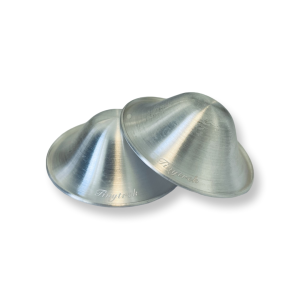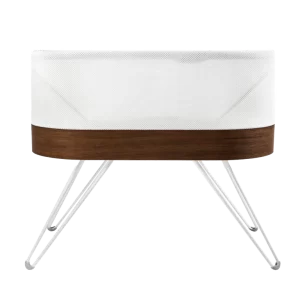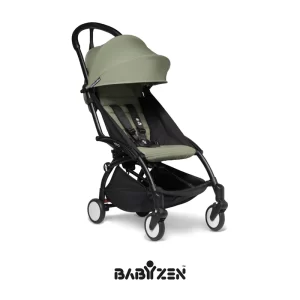Understanding the Breastfeeding Areola: A Guide for New Mums
Welcome to the wonderful world of motherhood! If you’re embarking on your breastfeeding journey, you might have some questions about your changing body. Today, we’re diving into a topic that’s often overlooked but incredibly important: the breastfeeding areola. So, grab a cuppa and let’s explore this fascinating aspect of your amazing body!
What is the Areola?
First things first, let’s define what we’re talking about. The areola is the circular, pigmented area surrounding your nipple. It’s like a bull’s-eye target for your baby, helping them latch on for successful feeding. During pregnancy and breastfeeding, you might notice some changes in your areolas. Don’t worry, it’s all part of nature’s clever design!
Areola Changes During Pregnancy and Breastfeeding
Your body is full of surprises, and your areolas are no exception. Here are some changes you might experience:
- Size increase: Your areolas may grow larger, making it easier for your baby to find their food source.
- Darkening: Thanks to increased melanin production, your areolas might become darker. It’s like nature’s way of creating a visual cue for your baby.
- Bumpy texture: Those little bumps on your areola? They’re called Montgomery glands, and they produce an oily substance that helps protect and lubricate the area.
The Role of the Areola in Breastfeeding
Your areola isn’t just there for show – it plays a crucial role in breastfeeding:
- Latch guidance: The darker colour and larger size help guide your baby to latch correctly.
- Scent markers: The Montgomery glands release a scent that’s familiar to your baby, helping them locate the nipple.
- Milk production stimulation: When your baby’s chin touches the areola during feeding, it stimulates milk production and let-down.
Common Areola Concerns and Solutions
Breastfeeding is a beautiful experience, but it can come with its challenges. Here are some common areola-related issues and how to address them:
1. Sore or Cracked Nipples and Areolas
Ouch! This is a common complaint among breastfeeding mums. The good news? There’s a solution that’s been trusted for centuries: silver. That’s right, the same stuff your gran’s best cutlery is made of can work wonders for your nipples!
Enter the Silver Nursing Cups from Tiny Trek Rentals (https://tinytrekrentals.com.au/for-sale/silver-nursing-cups/). These little miracles are made of 999 pure silver and are a game-changer for breastfeeding mums. Here’s why we love them:
- Natural healing properties: Silver has antibacterial and anti-inflammatory powers that can help prevent and heal nipple cracks and infections.
- Comfortable fit: They’re designed to fit snugly under your nursing bra, providing a discreet solution for nipple pain.
- Reusable and long-lasting: Unlike disposable nursing pads, these cups are designed to last throughout your breastfeeding journey.
- Easy to use: Simply pop them over your nipples inside your bra. No creams or lotions needed!
Plus, they come in two sizes to ensure a perfect fit for every mum. They’re even TGA approved (ARTG No. 457873), so you know they’re safe and effective.
2. Inverted or Flat Nipples
If your nipples are inverted or flat, don’t panic! Many mums successfully breastfeed with this condition. Try these tips:
- Use a breast pump before feeding to draw out the nipple
- Try the “sandwich” technique: gently compress your breast to help the nipple protrude
- Consider using a nipple shield temporarily (but consult with a lactation consultant first)
3. Thrush on the Areola
Thrush can be a pesky problem for breastfeeding mums. Look out for these signs:
- Shiny, itchy, or flaky areolas
- Shooting pains in the breast during or after feeding
- White patches in your baby’s mouth
If you suspect thrush, consult your healthcare provider. And guess what? Those Silver Nursing Cups we mentioned earlier can help here too! Silver’s natural antifungal properties can be a great complement to medical treatment.
Caring for Your Areolas During Breastfeeding
Taking care of your areolas is crucial for a comfortable breastfeeding experience. Here are some top tips:
- Keep ’em clean: Gently wash your areolas with warm water daily. No soap needed – it can dry out the skin.
- Air them out: Let your nipples air-dry after feeding. It’s a great excuse for some topless time!
- Moisturise naturally: Express a few drops of breastmilk and rub it into your areolas. It’s nature’s own nipple balm!
- Protect and heal: Use those fantastic Silver Nursing Cups to provide a protective barrier and promote healing.
Conclusion: Embracing Your Amazing Areolas
Your areolas are truly remarkable. They change and adapt to nourish your little one, guiding them to the perfect latch and signaling your body to produce milk. By understanding and caring for your areolas, you’re setting yourself up for a successful breastfeeding journey.
Remember, every mum’s experience is unique. If you’re facing challenges, don’t hesitate to reach out to a lactation consultant or your healthcare provider. And don’t forget to check out those Silver Nursing Cups from Tiny Trek Rentals – they might just be the breastfeeding buddy you never knew you needed!
Happy breastfeeding, mamas! You’re doing an amazing job, and your body is incredible. Embrace those beautiful, life-giving areolas – they’re superheroes in their own right!






